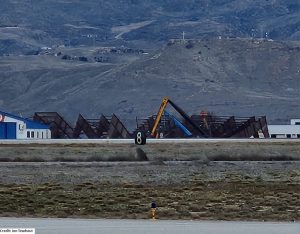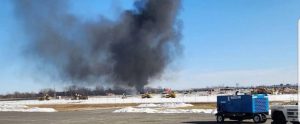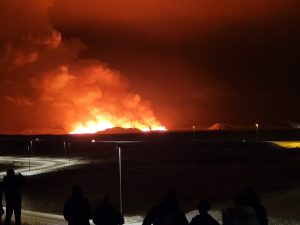Indonesia’s
Mount Sinabung erupted again on Thursday with a string of blasts that sent
plumes of ash two kilometres into the sky, triggering a flight warning and
fears of lava flows.
The activity
marked at least the eighth time that the rumbling volcano on Sumatra island has
erupted in less than a week, although there were no injures or major damage
reported
Authorities
issued a warning to planes flying near the volcano which last saw a deadly
eruption in 2016. “There is potential for more eruptions and airlines are
aked to be on alert,” said National Disaster Mitigation Agency spokesman
Raditya Jati.
“Locals
are advised to wear face masks if they leave their homes to guard against the
health effects of volcanic ash on health,” he added.
On Monday, Mount Sinabung erupted belching a massive column of ash and smoke 5,000 metres into the air and coating local communities
in debris.
Sinabung roared
back to life in 2010 for the first time in 400 years. After another period of
inactivity it erupted once more in 2013, and has remained highly active since.
In 2016, seven
people died in one of Sinabung’s eruptions, while a 2014 eruption killed 16. In
late 2018, a volcano in the strait between Java and Sumatra islands erupted,
causing an underwater landslide and tsunami that killed more than 400 people.
Indonesia is home
to about 130 active volcanoes due to its position on the “Ring of
Fire,” a belt of tectonic plate boundaries encircling the Pacific Ocean
where frequent seismic activity occurs.






